Horticulture
-
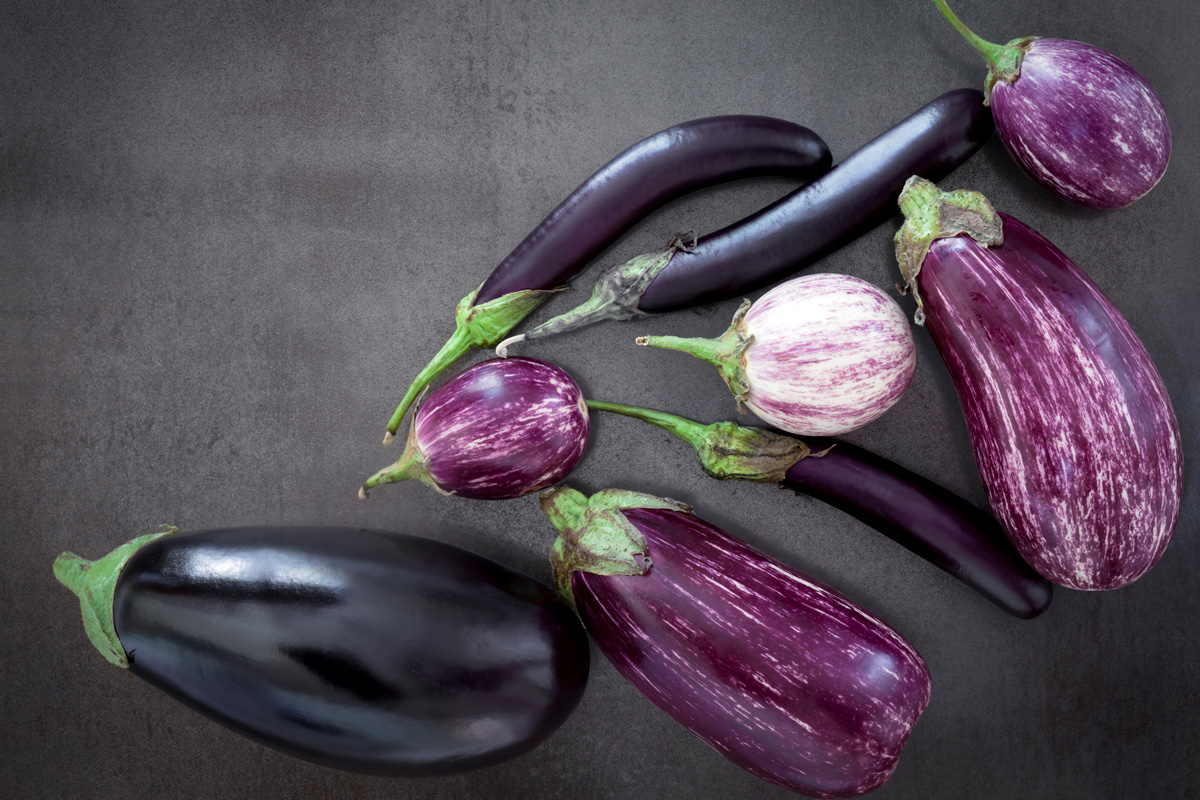
C 1028
Home Garden Eggplant
Find out how to grow eggplant, which comes in many shapes, sizes and colors. Eggplant can be grown in all Georgia gardens, and with some care, the harvest can be quite prolific.
Bob Westerfield and Malgorzata Florkowska
|
-
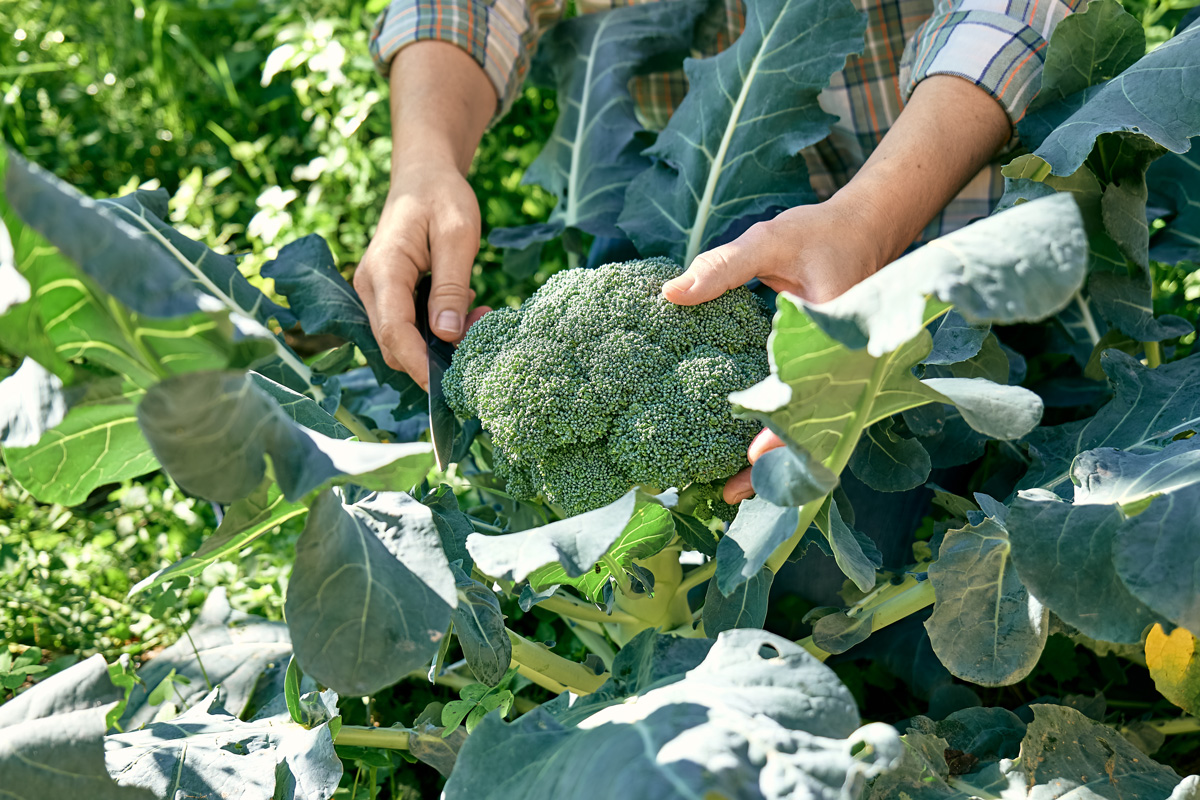
C 1022
Home Garden Broccoli
Learn how to grow broccoli, a cool-weather vegetable that can easily be grown in the garden in early spring or fall. Research shows that plants like broccoli are extremely healthy to eat and have the potential to reduce certain types of cancer.
Bob Westerfield and Malgorzata Florkowska
|
-
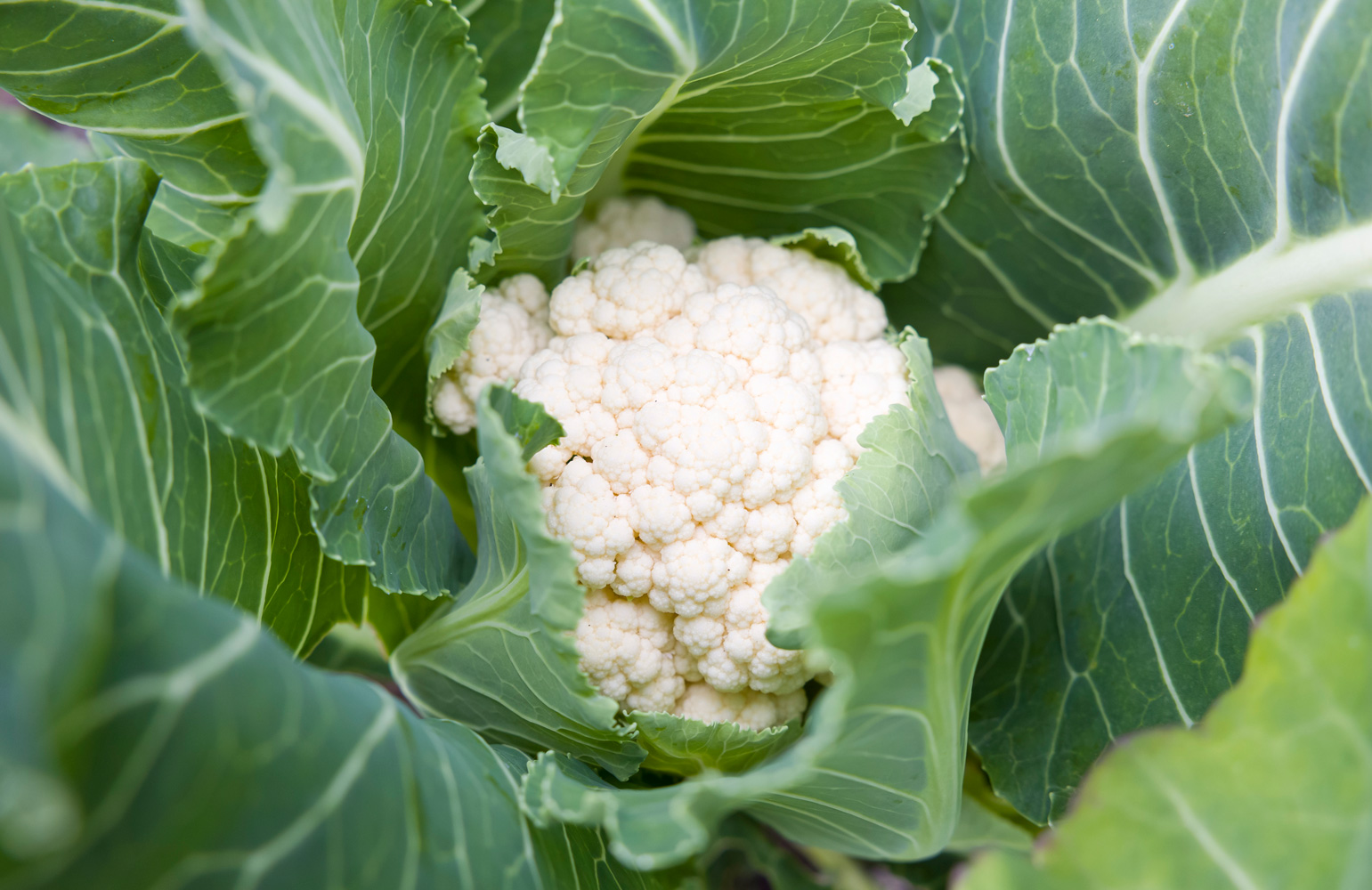
C 1023
Home Garden Cauliflower
Learn all about growing cauliflower, a cool-season vegetable that belongs to the Brassicaceae family. It sometimes is considered one of the more difficult vegetables to grow in the home garden, but it just takes a little patience. Gardeners can now select varieties of cauliflower that range in color from the traditional white to a deep purple. This resource describes how to grow cauliflower in the home garden, from starting plants from seeds to insect and disease control.
Bob Westerfield and Malgorzata Florkowska
|
-

This publication explains the necessary steps for starting a school garden. To create a sustainable garden, the emphasis is placed on school and community support.
Becky Griffin
|
-
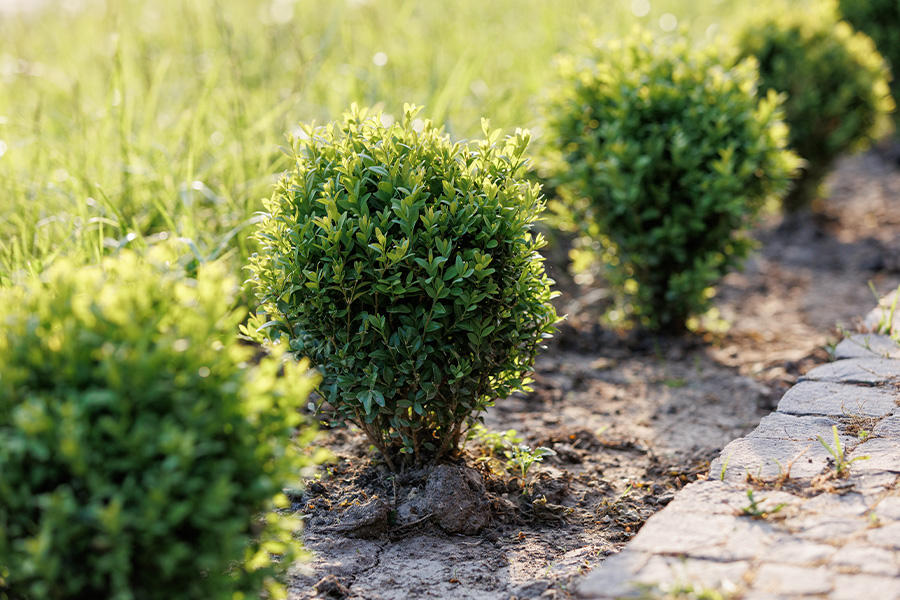
This publication provides alternative plants to replace boxwood in landscapes across Georgia. It includes information on new cultivars and cautions against the use of plants on the GA-EPPC invasive plant list, as well as species and cultivars affected by common pests and diseases.
Bodie V. Pennisi, Gary Peiffer, and Greg Huber
|
-
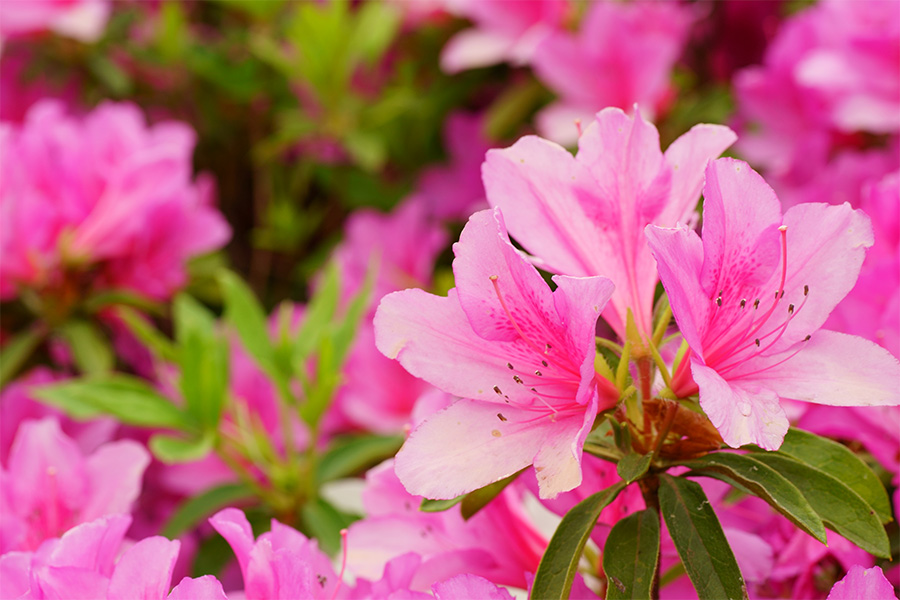
Azaleas’ vivid colors, profusion of flowers and adaptability to a wide range of soils and climates make them one of the most popular flowering shrubs in Georgia. Although most people associate azaleas with spring, there are several that bloom in summer and fall. By carefully selecting plants, you can have azaleas blooming at least eight months of the year.
Bodie V. Pennisi
|
-

Pruning is one of the most important cultural practices for maintaining woody plants, including ornamental trees and shrubs, fruits and nuts. Proper pruning requires a basic understanding of how plants respond to various pruning cuts. The principles and guidelines in this publication will help you master common pruning techniques.
Bob Westerfield and Gary L. Wade
|
-
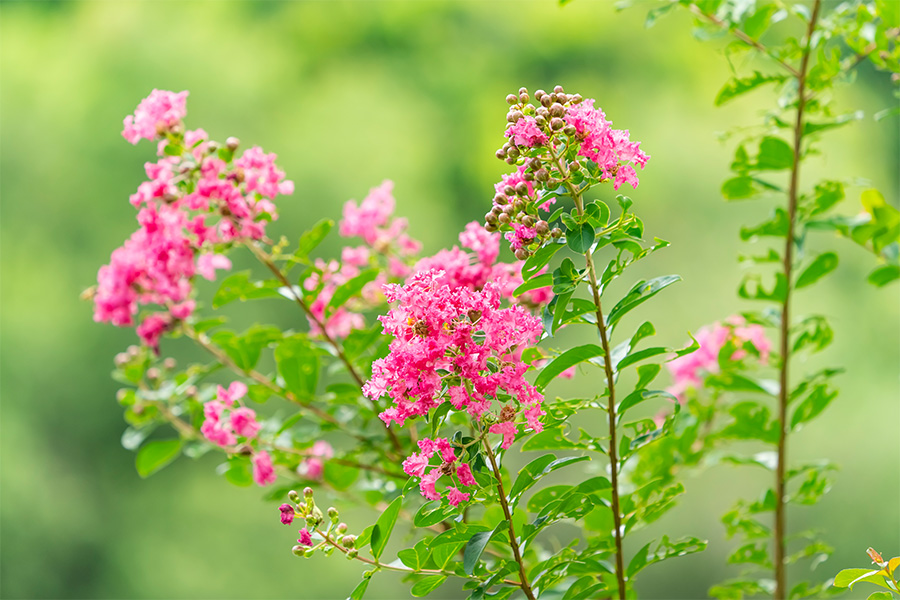
C 944
Crape Myrtle Culture
Crape myrtle is one of the most useful flowering shrubs/trees grown in Georgia. It provides abundant summer color with a minimum of maintenance.
Bodie V. Pennisi and Jean Williams-Woodward
|
-
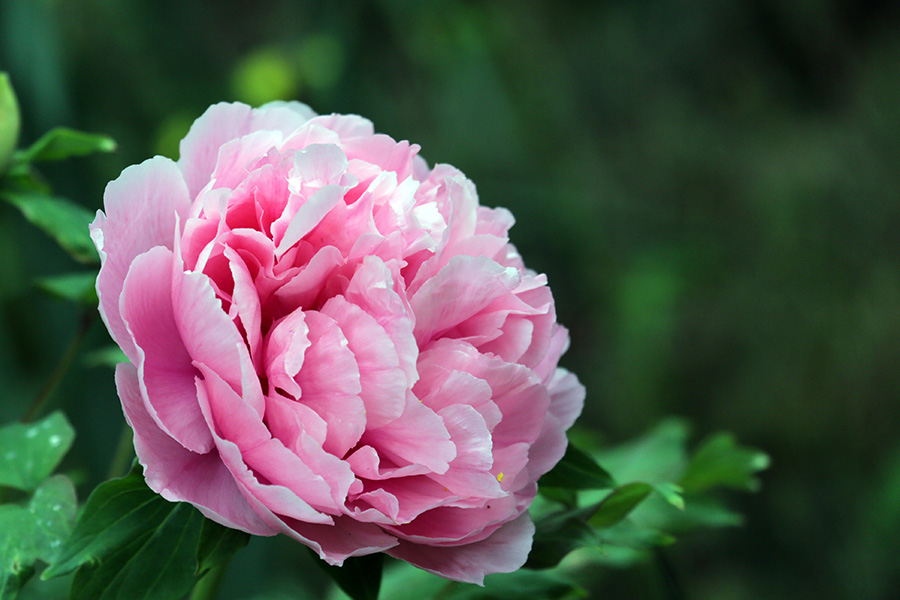
Whether in a commercial installation or residential garden, perennial plants can be successfully
used to offer more landscaping choices, distinguish your firm from the competition and create a niche for your landscape business. Perennial plants are complex, and it is best to contract or hire a professional landscape architect for the design phase and train knowledgeable staff in proper maintenance later on. This publication is intended to provide the basics of perennial plant biology, ideas on design and installation, and information on cultivation and maintenance of perennial beds. It should also serve as a quick guide for the most common and recommended perennials for Georgia. Common-sense tips from a professional landscaper’s perspective are also included.Paul A. Thomas, Bodie V. Pennisi, and Sheri Dorn
|